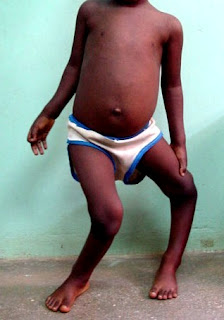What are symbiotic relationships?
Symbiotic relationships are long-term relationship between two different species “living together”.
The relationship varies in population, it can be mutualism, commensalism & parasitism.
Mutualism:
Each population benefits. The interaction is necessary for the survival and growth of each species.
Commensalism:
One population benefits, the other is unaffected.
Parasitism:
One population benefits (parasite) while the other is harmed (host). The interaction is necessary for the survival of the parasite.
Now let's try.
Answer: Commensalism
Intestinal worms.
Answer: Parasitism
Hermit crab and anemone.
Answer: Mutualism
http://www.google.com.sg/imgres?q=worms+in+intestine+cartoon&start=105&hl=en&gbv=2&biw=1440&bih=780&tbm=isch&tbnid=MVBHrAFxurXMOM:&imgrefurl=http://www.wellsphere.com/wellpage/parasitic-worms&docid=cn0ECKbr0J0BAM&imgurl=https://blogger.googleusercontent.com/img/b/R29vZ2xl/AVvXsEi374OxWWT1_E3yYBIHGlCJWB6egiXuusjgi2HD6sae8OkUeHSI6FRplSMKHoX0UVp9iBizmx58dKt4l-lHwkOAY_A5Jwr6C6Blc9O8bHRqhYFOjNFpQBN25xeAFhl83eBXsrOJrq8tWor6/s320/helminth.jpg&w=320&h=217&ei=87C8T5OnNoKzrAeAm-mzDQ&zoom=1&iact=rc&dur=383&sig=106194743800114364724&page=4&tbnh=134&tbnw=160&ndsp=34&ved=1t:429,r:7,s:105,i:98&tx=57&ty=74
http://www.google.com.sg/imgres?q=remora+fish+and+shark&num=10&hl=en&gbv=2&biw=1440&bih=780&tbm=isch&tbnid=qihmGWpouf4epM:&imgrefurl=http://dedethe.blogspot.com/2012/03/symbiosis-predatorprey-mutualism.html&docid=FvLKaffw78jFoM&imgurl=https://blogger.googleusercontent.com/img/b/R29vZ2xl/AVvXsEivNHHZ6PcskxPbGRe30S7s7lKsWxWQs5YXCEGi8EzP8AFxKUl2J64LnejEp8Ba_ZdNaYrjhVRDOFruZ4tImJx3fAmjuiSsXIEQj0od9nrCyVQY-qnSuFSvy1GRsomrpeM-SVhhyphenhyphenmx3R6w/s1600/shark2.jpg&w=369&h=260&ei=aK-8T9K4JojNrQe7lt2jDQ&zoom=1&iact=hc&vpx=773&vpy=151&dur=566&hovh=188&hovw=268&tx=193&ty=112&sig=106194743800114364724&sqi=2&page=1&tbnh=132&tbnw=187&start=0&ndsp=24&ved=1t:429,r:3,s:0,i:74






















